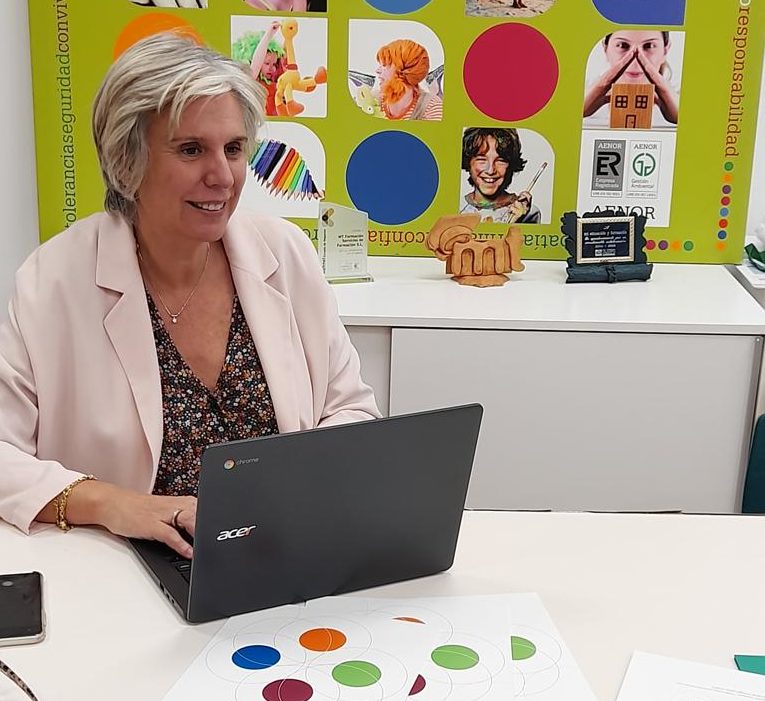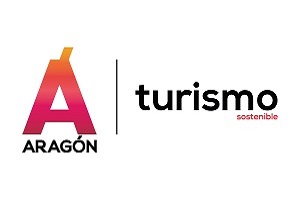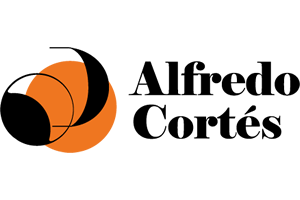Sofía, how did you begin to dedicate yourself to the world of education?
I was a very active child, very restless, very creative. I studied artistic baccalaureate and art studies. At the age of 21, when I was out of school, I realized that there was a lack of creativity in schools. I came up with the idea of designing a dossier to offer creative workshops and artistic themes in school. I came across a curious situation in a school in Zaragoza. The director told me that she loved my workshops but that at that time she had a very serious problem with the mothers of the APA who were in charge of the school transport service, because at that time, 30 years ago, there were no free time monitors. He asked me if I could design something and give them a more serious contract. I designed a more educational service, since the school starts on the school route. I formalized a job position, we designed training courses for nursery school assistants, etc. They started to call us from a lot of schools in Aragon and I found that from May to September I was hiring 600 people, not only for transportation, but also for support in the dining rooms, and we started different extracurricular activities, because nobody could find that service. I found a blue ocean and with great satisfaction Grupo MT was launched.
What is Grupo MT then?
There are many after-school management companies, and after-school activities have many themes: languages, technology, environment, art… We got a little more complicated and began to work directly with each of the themes, and we are very specialized in the environment. In Zaragoza, I have the honor of having created the Water Documentation Center with the Zaragoza City Council.
What makes you different from other extracurricular companies?
We develop, research and deploy many innovation projects in each of these areas. We have led many European projects. We developed a virtual itinerary for the Museum of Zaragoza, a documentation portal for children developed with Save the Children. Since 2000 we started to develop distance learning and now we work both online and face-to-face. We have always been very concerned, or at least I have been, with the methodological transformation in the educational sector. Ten years ago we started to see how technology was going to arrive, and how without methodology it was not going to work. We saw that the teaching sector was very restless in new ways of reaching the student, it was a good challenge. And 10 years ago I was very fortunate to be able to apply all this in a new pedagogical model at the San Gabriel School in Zuera, whose owners are the Passionist Fathers, who are very open to a new pedagogical model. Now the center is on several lists of the 20 best in Spain.
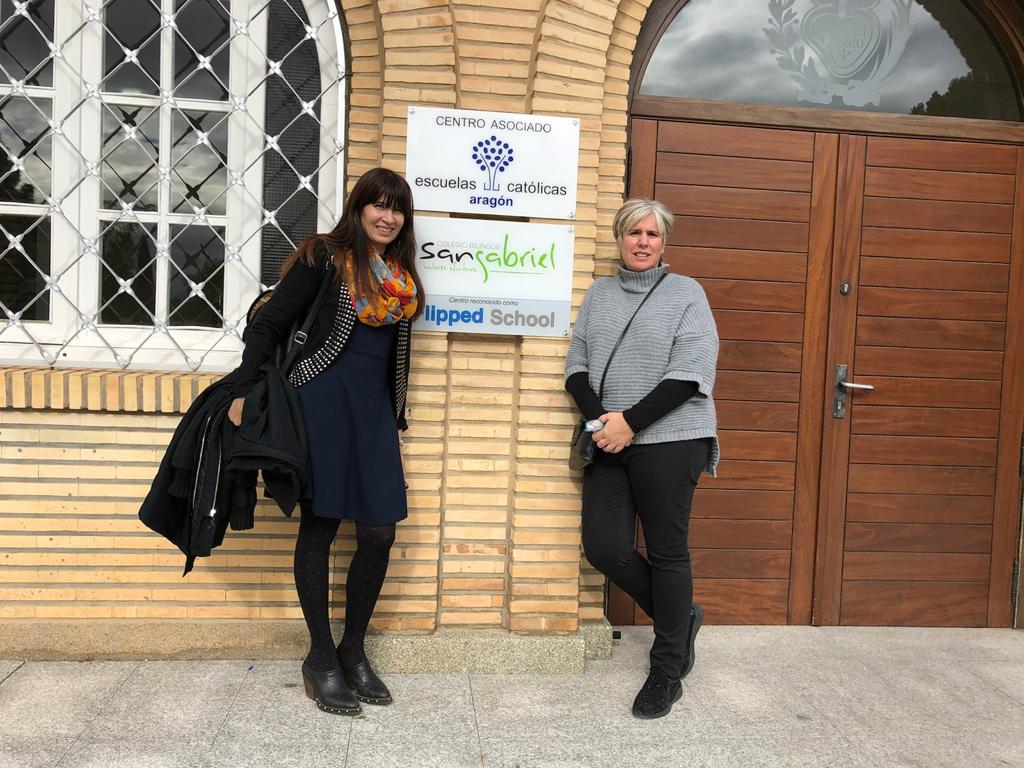
You use the Flipped Classroom model, and you are pioneers in Spain.
Yes, it was born in the United States from those schools with truancy. The origin comes from how to reach the child and not from the fact that the child has to go to school. The model is based on anticipating the contents the day before, so that the students come with the class contextualized in their heads and know what they are going to talk about in class. It is possible to work without technology and it can be done in a more or less creative way, but it is true that the model helps us to reach the student. When he arrives in class, the teacher’s time with the student gains in quality because he uses it for problem solving, team work with them… it is a model that acts as an umbrella, but it has to be accompanied by project-based learning, cooperative work and where soft skills are worked on a lot. It is accompanied by other types of methodologies such as gamification.
What is your assessment of the model?
In 10 years we have realized that it generates a different type of environment in the center. Many people have come and they all tell us that. For us, the assessment has been very positive.
This has led to a change in the digital culture of the center.
Yes, I begin to see that I implement the digital culture in the center in all senses, in terms of having the teachers’ resources in the cloud, to train teachers not only in the use of devices, but also that they have to start evaluating in another way… From the beginning I began to train in digital skills and to generate a base of professionals, active teachers who are lovers of this methodological transformation in our country.
Are there teachers who start calling you to transform their schools following your methodology?
Yes, schools that are becoming aware of our work are contacting us and want us to help them in their methodological transformation. It is a change that must be led with strength and that has identifiers that must be followed. I am accompanying teams in these first steps of methodology and technological resources. With the National Institute of Educational Technologies and Teacher Training (INTEF) I discover a number of teams that are working along these lines. It is not just putting a digital tool in front of a teacher, teachers are beginning to certify their digital skills, also in students or digital citizenship.
You are president of the Bias Foundation, involved in the development of programs for educational innovation. What models are created?
I founded the Bias Foundation six years ago. It has three pillars: support for the methodological and digital transformation of centers; innovation and dissemination of all the work and research. We started the organization of international congresses around the Flipped Classroom, we have had leading figures around this figure and we have signed a series of agreements with the University of Zaragoza and the University San Jorge, which ended when Google and Microsoft contacted us. With Google we are the third European methodological partner and with Microsoft we are a professional partner in the methodological part. We started to develop a training itinerary for the training of a teacher in digital competence. Thus was born a portal that is School of digital competence.
How many centers have you already trained?
Bufff, a lot. We have analyzed digital competencies and trained about 12,000 teachers and citizens in general. What we have noticed is that before the pandemic we were failing in the analysis but now it has improved.
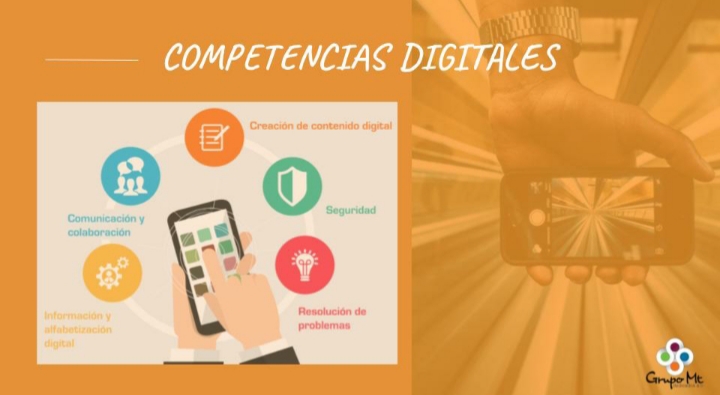
What areas do you address in digital competence?
Digital competence is not just about knowing how to use the medium. We teach literacy, information and data literacy; communication and collaboration (how am I competent at communicating), digital content creation (knowing from which sources), data security and protection and problem solving.
How well trained are students in digital competencies?
Coming from the world of extracurricular activities, we came from working on computational thinking with children. At the end of sixth grade we believe that they should have all these digital competencies identified, and in secondary school we believe that in fourth grade they should have mastered the five areas and that they should leave the university fully trained.
What involvement of parents is necessary?
Parents should be trained as citizens to be digitally competent. We don’t even go to ATMs anymore, we do bizum, we get tickets digitally… digital is in the day to day and our children move like that nowadays. Parents must have a minimum management training and it must start at school. We are going to be in some generations bridge from others and from the AMPAS already demand us formative and informative talks for parents.
Sofía, you are one of the protagonists of the book Mujeres líderes en la educación del siglo XXI by Ana María Farré. Yours is a trajectory that can serve as a reference for other women in the education sector, a reference in female leadership.
It is very difficult for me to describe myself in this way. But if I look back, I have not identified my difficulties because I was a woman, I have started from a principle of equality. In the educational world you already find women more than men. Feminine leadership is based on that humility and on that principle of equality. Women have that emotional point that, when it comes to leading teams, brings that important value. It is important to give a hand to a woman who is in your team so that she can achieve her goals, and this requires a lot of generosity, and in this sense, women have that generosity implicit in their DNA.




